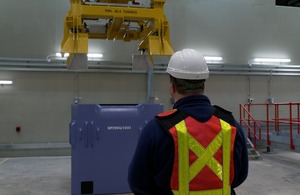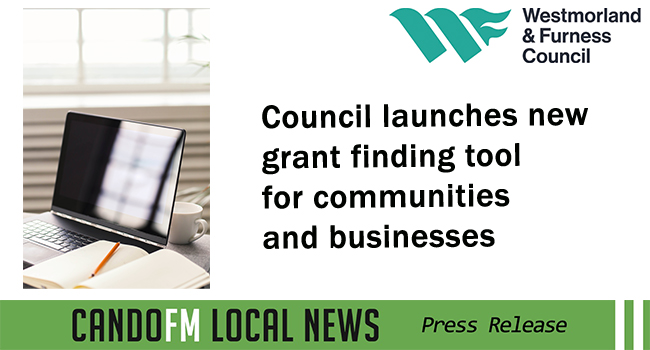Operators have removed the first zeolite skip from Sellafield’s First Generation Magnox Storage Pond.
The teams involved have recorded 2 other landmark successes in the process.

They’re the first to put a nuclear waste product into a new British-made storage container, known as a self-shielded box.
And the first to consign a self-shielded box to Sellafield’s new Interim Storage Facility.
Zeolites were placed into the pond in the 1970s and 80s to help absorb radiation and make the facility safer for personnel.
Now they need to be removed as part of the pond clean-up programme.
There are another 236 of these types of skips to be removed. They account for a quarter of the total number of skips in the pond.
Carl Carruthers, head of legacy ponds for Sellafield Ltd, said:
This is a fantastic achievement and a real step forward for us.
Removing zeolite skips from the pond and transferring them to safer storage reduces risk and hazard on the site.
It also frees up space in the pond which makes our sludge removal and clean-up work easier.
The 29-tonne self-shielded boxes are built in the UK by Goodwin International via a contract with Westinghouse.
Once waste is placed inside it is checked regularly using remote cameras in the box lid.
Eventually, the Zeolites will be removed from the boxes and encapsulated, ready for the consignment to the UK’s Geological Disposal Facility.
The First Generation Magnox Storage has been prioritised for clean-up by the Nuclear Decommissioning Authority (NDA.)
David Redpath, NDA group performance assurance director, said:
This accomplishment is not only a first for Sellafield, but a world’s first for the nuclear industry. It is a true testament to the hard work and commitment of all those involved.
The implementation of this new capability is a key step in reducing the hazard posed by the legacy ponds and demonstrates the strong collaboration between Sellafield and its supply chain.
Roddy Miller, nuclear operations director for Sellafield Ltd, said:
This has been a huge effort involving many different teams at Sellafield.
It’s another iconic moment in our decommissioning journey and follows the start of waste retrievals from our two legacy silos.”







